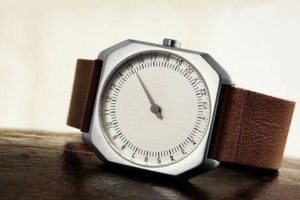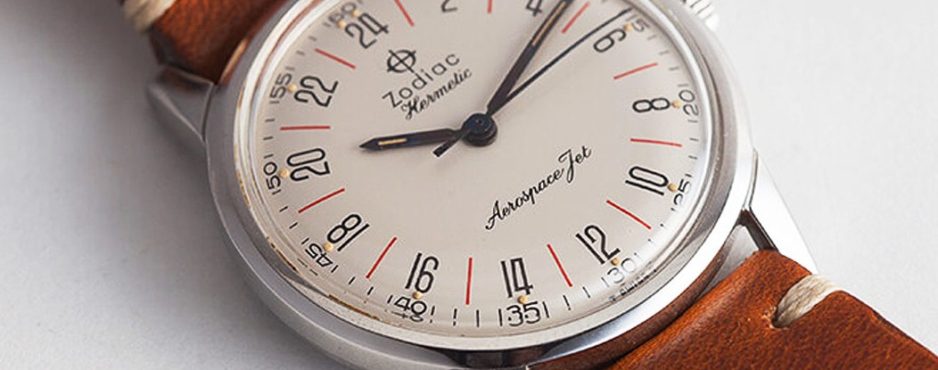The 24-hour watch has an hour marker for each corresponding hour in the day, from zero to 23. The inspiration of the watch comes from sundials, which don’t allow for separate 12-hour a.m. and p.m. designations. Some older clocks in the world still go by the 24-hour display.
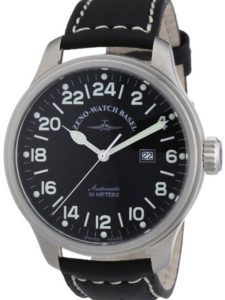
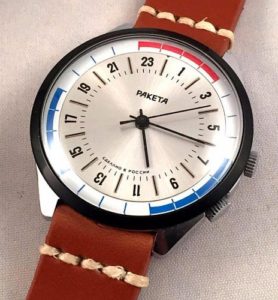
Reading the time on a 24-hour watch is the same as reading on any regular, non-digital timepiece. However, a 24-hour watch has three ticks between each hour, designating every 15 minute intervals.
So who uses these types of watches? Scientists and pilots, for one, use the watches which, in theory, show a whole day at a time. Members of the military also use these watches, as “military time” doesn’t have a.m. or p.m. Another bonus of a 24-hour watch is its ability to mark midnight at the very top at 0 and noon at the bottom, 180 degrees across the face.
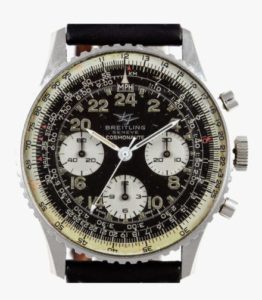
The Hamilton 4992b is a great example of a military pocket watch that uses 24 hour timing.
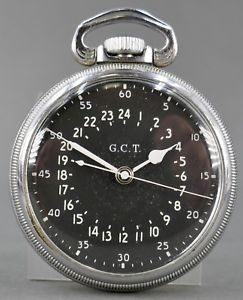
Humans have two hands. Clocks have two hands. Watches have two hands. But what happens when a timepiece only has one ticking in a circle? That’s the concept of the slow watch.
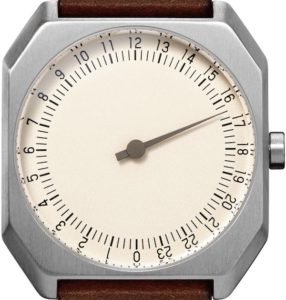
A 24 hour one-hand watch allows you to see the entire day in one view and experience time in natural way. This fundamentally changes the way you look at your watch and it will give you a much better consciousness about the progression of your day.

This way of showing the time is inspired by the original clocks that were based on the sun clock. Those early clocks indeed had only one hand and displayed all 24 hours. You can still see them on some old church towers.
